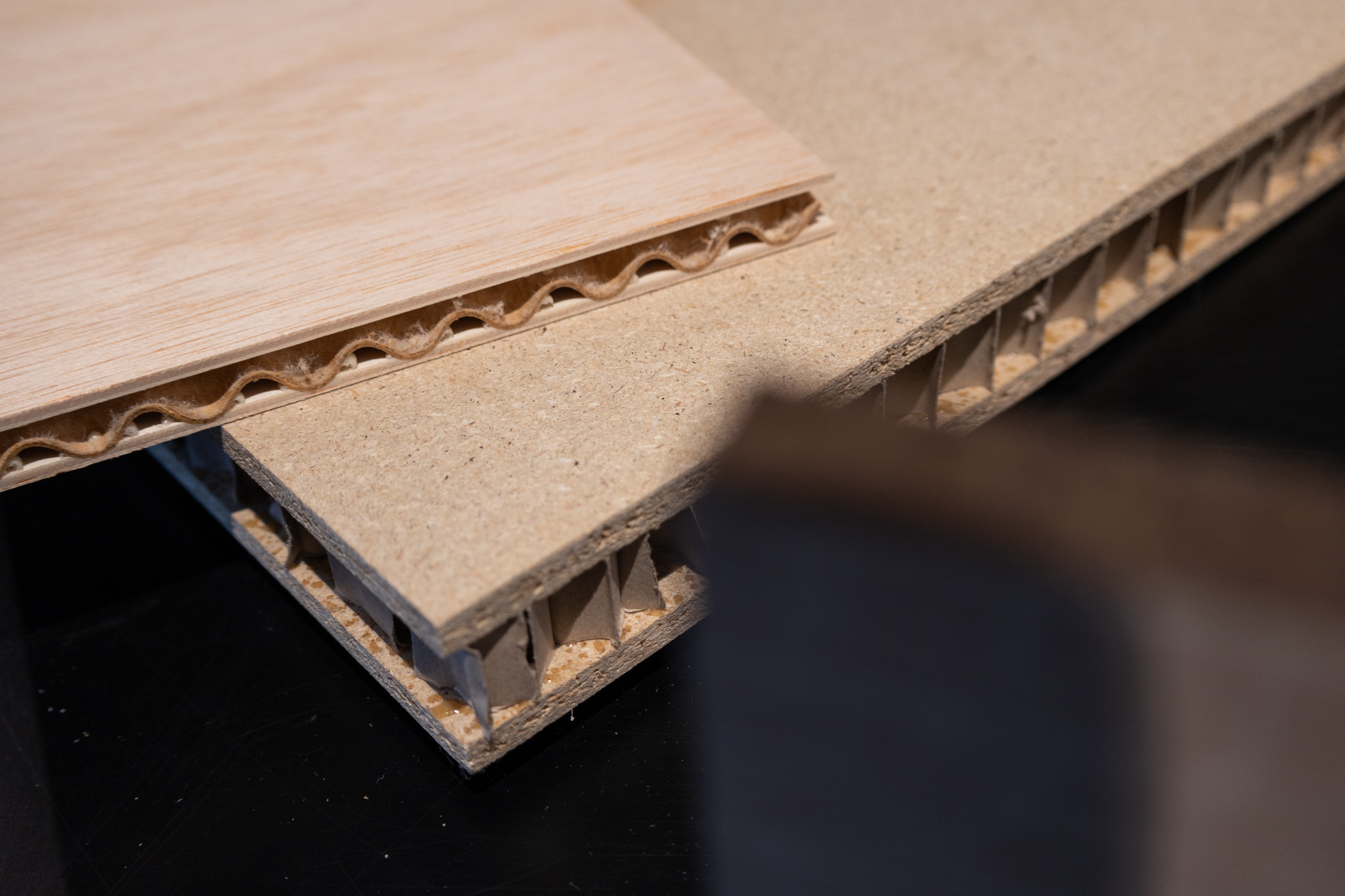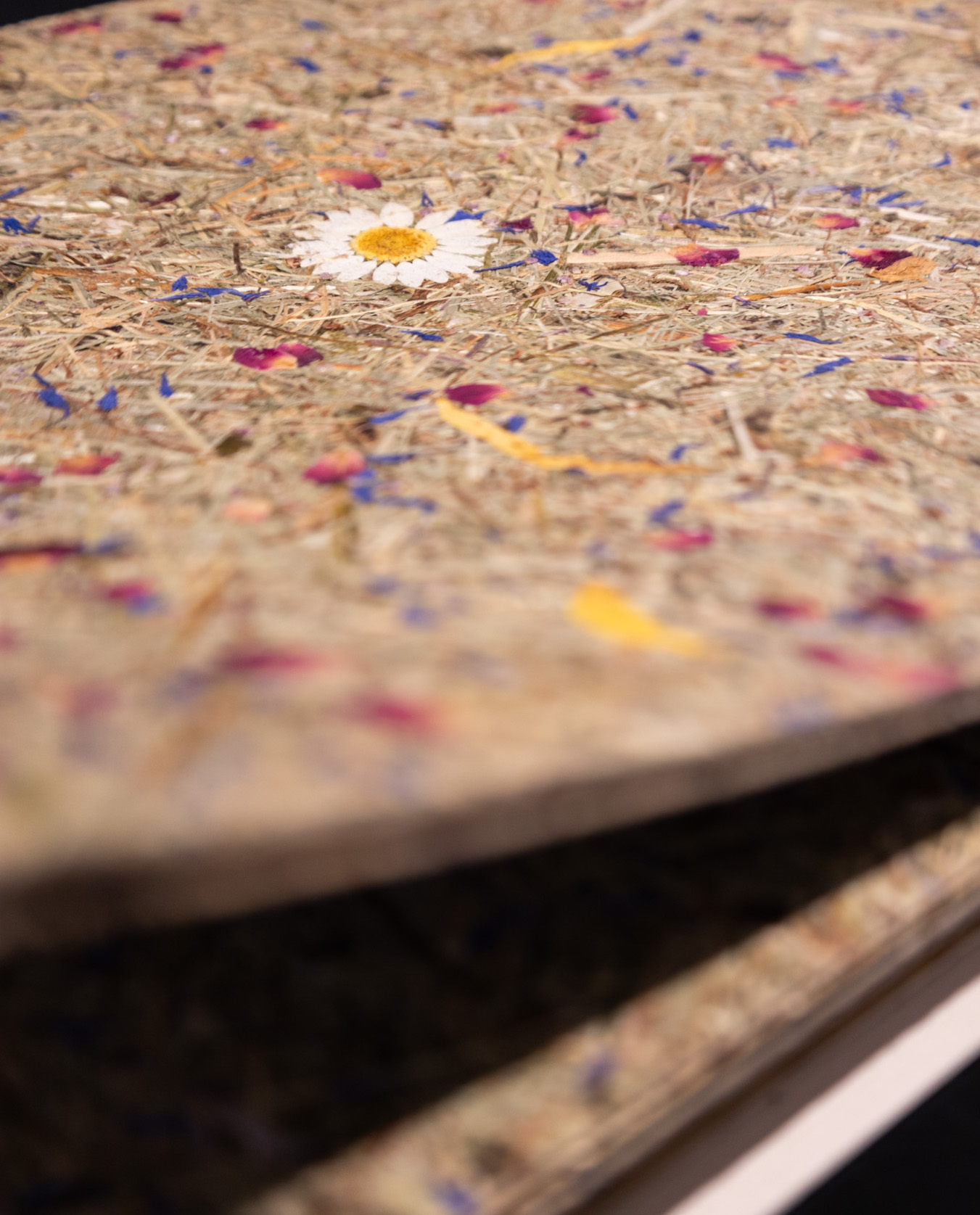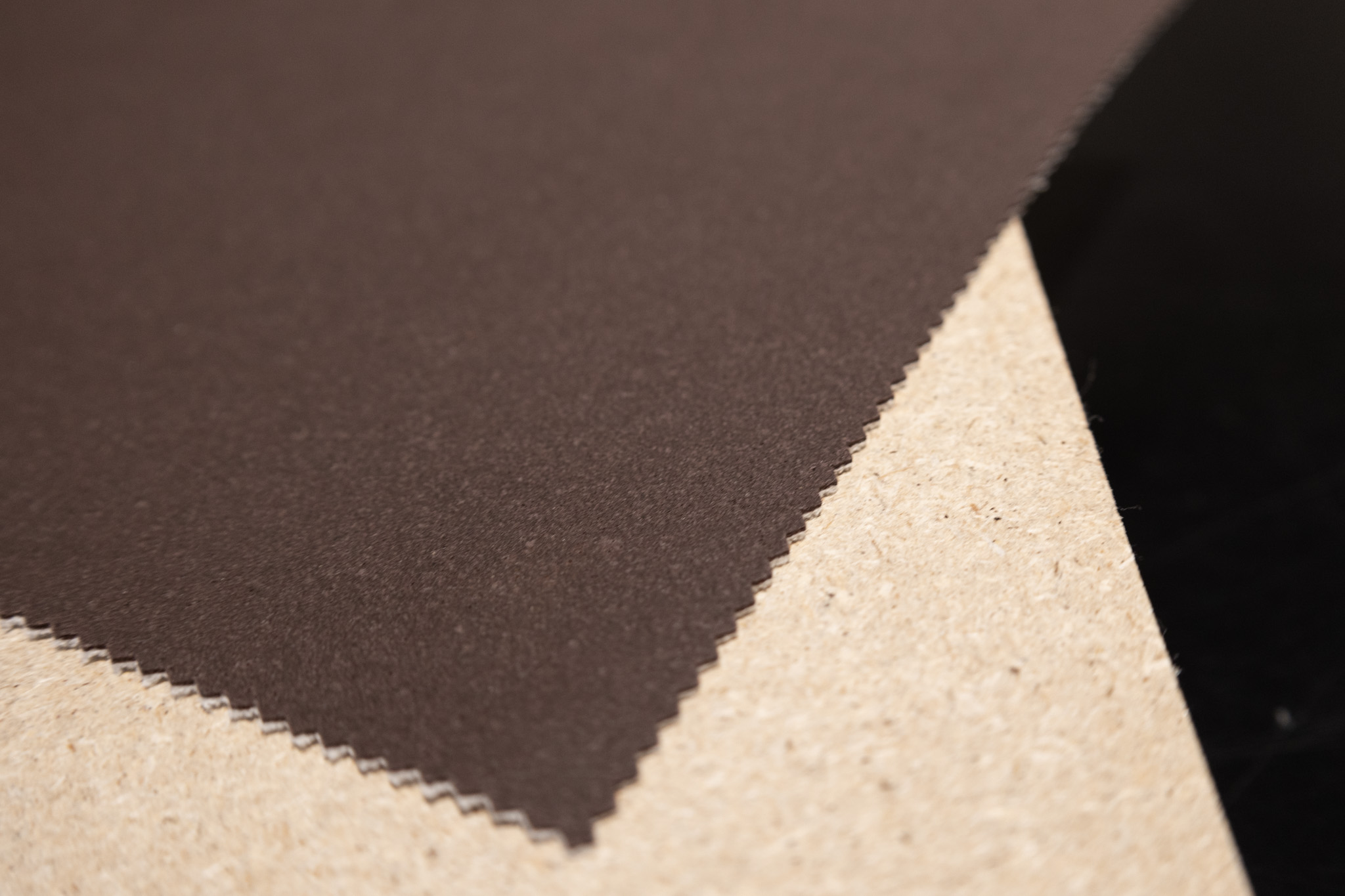Wood, concrete, sand, glass, metal – the consumption of resources in construction is huge. According to the Federal Environment Agency, the construction industry processes more than 70 percent of all raw materials mined in Germany. “Our industry is still in a linear hamster wheel,” says Paul Flintrop, materials scout and sustainability expert at Konrad Knoblauch GmbH, “but every little step towards a circular economy and CO2 reduction counts.” After all, sustainability in interior design is no longer just a vision.
Let’s face it: the construction industry – like almost all other sectors – still operates within a linear economic system. Its goods are produced, sold, used and finally disposed of again at a high energy cost until something new is produced. A system designed for economic growth, learned and tested over decades – with serious consequences for the environment, nature and therefore also our climate.
“At its core, it’s about extending the lifespan of spaces”
Paul Flintrop, sustainability expert


In contrast to this is the circular approach to business, the regenerative cycle system. “At its core, the circular economy in interior design is about a longer lifespan or hybrid use of spaces,” explains Paul Flintrop, who has been responsible for sustainability at Konrad Knoblauch for over a year and a half. The aim is to ensure that materials and products can be easily deconstructed according to type so that they can then be recycled or repaired and reused. “We are still at the beginning in the entire industry, but we are aware of our responsibility and take the issue very seriously,” explains Flintrop.
Strictly speaking, a project or a space is only circular if no waste is produced. Just like in nature. This means that natural or recycled materials are used for production and design. The first design draft already sets the course for this. “When we design a project, we take a very close look at the planned materials,” reports Paul Flintrop, referring to the Knoblauch Vita Card. A database that checks various materials for ecological, social and economic criteria using a points system and provides a good basis for discussions with customers and suppliers. “It is important that we think about the end of the project right from the start, because everything is finite and will be disposed of at some point,” says the sustainability expert
Chipboards made from waste wood, carpet tiles, lightweight panels with honeycomb cores, vinyl flooring without plasticizers, laminates without phenol, water-based paints or the use of fast-growing woods and plants – the list of suppliers working on the circularity of their products is now long. During his research, Paul Flintrop repeatedly comes across innovative, sustainable products that have been tested by the Environmental Product Declaration (EPD) and are just waiting to be planned and installed in new rooms. Such as artificial leather pressed from old coffee grounds. Wall coverings made from recycled jeans. Or pressed grasses and flowers that bring the mountain meadow directly into the bedroom as wallpaper. High quality and sustainability – materials like these show that one does not exclude the other.
Sustainability in interior design is no longer a vision, but a reality. “Every step towards a circular economy and CO2 reduction, no matter how small, counts,” encourages Paul Flintrop, “and we are delighted with every customer who joins us on this journey.”
